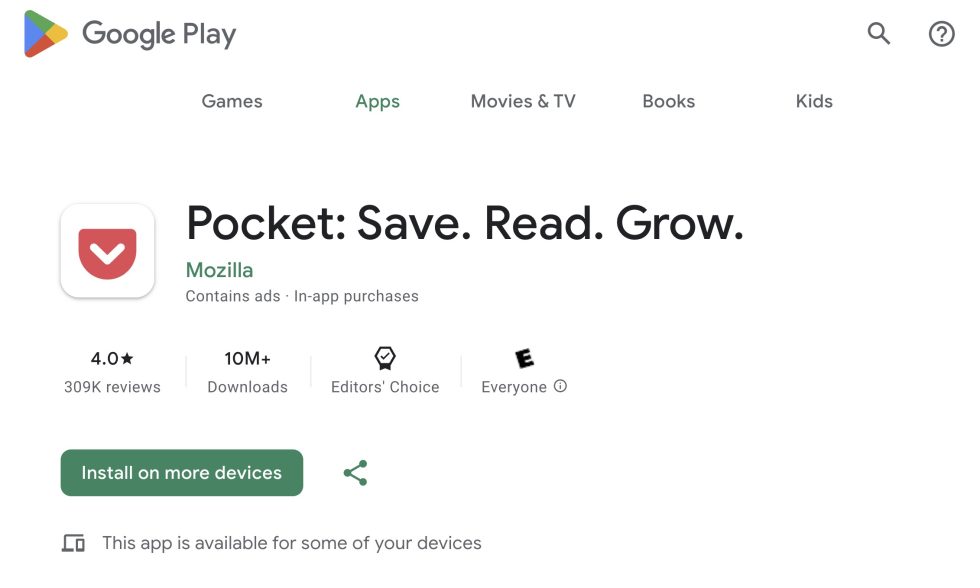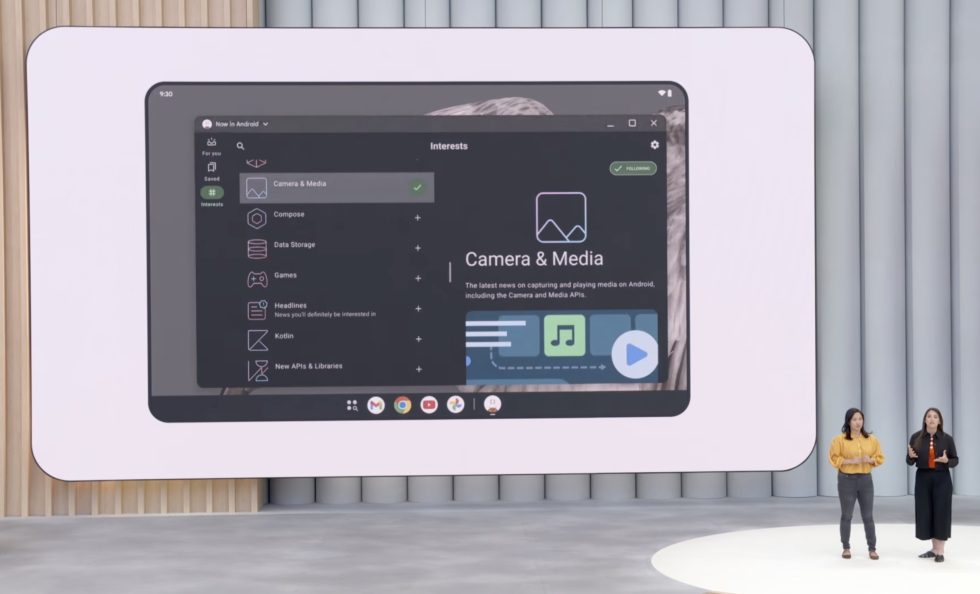Top 10 RAG & LLM Evaluation Tools and top 10 vector database
Retrieval-Augmented Generation (RAG) is fast becoming the go-to architecture for building intelligent LLM apps that need up-to-date or proprietary data. But as I’ve found while integrating RAG into a semantic search engine, building the pipeline is only half the battle. The real challenge is evaluating whether the answers it returns are reliable, grounded, and contextually relevant—especially in production. This post breaks down my hands-on experience with RAG and LLM evaluation tools and the underlying vector databases that make semantic retrieval possible. I’ll walk through what worked, what didn’t, and how I benchmarked their effectiveness using realistic scenarios like hallucination detection, prompt injection resilience, and hybrid filtering at scale. Why RAG Evaluation Isn’t Optional Let me start with a quick story: I once tested a RAG setup that pulled documentation snippets into GPT-generated answers. On paper, it looked great. But in one real-world test, it hallucinated a deprecated API call—clean syntax, total fiction. This is why RAG evaluations need more than surface-level metrics like BLEU or ROUGE. We need tests for: Faithfulness: Does the answer reflect retrieved facts? Context relevance: Was the right information retrieved? Robustness: How well does the system handle noisy, adversarial, or biased queries? Evaluation Tools for RAG Workflows RAGAS: Solid for Retrieval + Response Breakdown Why I used it: I was comparing different retrievers (BM25, hybrid vector search) and wanted detailed diagnostics. Metrics it tracks: Context precision & recall Faithfulness Response relevancy Noise sensitivity What stood out: RAGAS integrates cleanly with tracing tools like LangSmith and Arize Phoenix. I particularly liked the in-house test datasets—they helped me validate whether grounding failures were due to retrieval or generation. from ragas import evaluate_pipeline evaluate_pipeline(query="What is vector quantization?", retrieved_contexts=[...], response="Vector quantization is ...") DeepEval: Unit Testing for LLMs Think of this as pytest for your prompts. Test case: On a 10M vector dataset with adversarial queries (“Explain why the sky is green”), I wanted to check how models responded under weird, misleading inputs. Features I liked: G-Eval and knowledge retention scores Prompt injection attacks (40+ scenarios) CI/CD-ready unit test hooks for frameworks like LlamaIndex from deepeval import TestSuite TestSuite.test_response_quality(model_output, expected_criteria=["faithfulness", "role_adherence"]) LangSmith: Best for Lifecycle Debugging LangSmith felt more like an observability tool than a raw evaluator, but that’s exactly what I needed in production. Use case: Offline evaluation + live feedback from real users. I fed anonymized production logs into LangSmith and tracked model drift over time. Key perks: Chain trace sharing Human + AI judge combo evaluations Version-controlled prompt tracking LlamaIndex Eval Modules: Flexible and Integrative For developers already using LlamaIndex as a framework, the eval modules offer useful mid-pipeline checks. Notable metrics: Retrieval MRR, hit rate Response correctness, semantic similarity Custom question-context validation sets Arize Phoenix: Fast, Visual, and Real-Time Ready When latency matters (e.g., chatbots), Phoenix was useful. It runs fast evals on live traffic and visualizes clusters of poorly answered questions—super helpful when dealing with semantically similar inputs that yield inconsistent outputs. Top 10 Vector Databases: What I’d Actually Use in Production Evaluating RAG systems inevitably leads to a second question: what’s storing your vectors? The retrieval layer is only as good as the vector database underneath it. Over the past year, I’ve benchmarked several for indexing speed, search latency, filtering support, and consistency semantics—especially on hybrid workloads that combine semantic search with metadata filters. Here’s my breakdown of the top vector databases, starting with the one I use most often: 1. Zilliz Zilliz is the team behind Milvus, but the managed Zilliz Cloud product solves a lot of operational pain points I ran into when self-hosting. It supports billions of vectors, hybrid filtering (scalar + vector), and multiple index types like IVF, HNSW, and DiskANN. What worked for me: DiskANN indexing handled high-dimensional embeddings (768+) with better tail latency than IVF-flat. Vector + metadata filtering was fast even on datasets with 500M records. Milvus 2.4+ introduced strong consistency models—useful when chaining retrieval across nodes. 2. Pinecone Abstracts away index tuning. Great for quick iterations but lacks fine-grained control over hybrid queries. 3. Weaviate Modular and schema-rich. Hybrid support out-of-the-box and good for text+metad

Retrieval-Augmented Generation (RAG) is fast becoming the go-to architecture for building intelligent LLM apps that need up-to-date or proprietary data. But as I’ve found while integrating RAG into a semantic search engine, building the pipeline is only half the battle. The real challenge is evaluating whether the answers it returns are reliable, grounded, and contextually relevant—especially in production.
This post breaks down my hands-on experience with RAG and LLM evaluation tools and the underlying vector databases that make semantic retrieval possible. I’ll walk through what worked, what didn’t, and how I benchmarked their effectiveness using realistic scenarios like hallucination detection, prompt injection resilience, and hybrid filtering at scale.
Why RAG Evaluation Isn’t Optional
Let me start with a quick story: I once tested a RAG setup that pulled documentation snippets into GPT-generated answers. On paper, it looked great. But in one real-world test, it hallucinated a deprecated API call—clean syntax, total fiction.
This is why RAG evaluations need more than surface-level metrics like BLEU or ROUGE. We need tests for:
- Faithfulness: Does the answer reflect retrieved facts?
- Context relevance: Was the right information retrieved?
- Robustness: How well does the system handle noisy, adversarial, or biased queries?
Evaluation Tools for RAG Workflows
- RAGAS: Solid for Retrieval + Response Breakdown
Why I used it: I was comparing different retrievers (BM25, hybrid vector search) and wanted detailed diagnostics.
Metrics it tracks:
- Context precision & recall
- Faithfulness
- Response relevancy
- Noise sensitivity
What stood out: RAGAS integrates cleanly with tracing tools like LangSmith and Arize Phoenix. I particularly liked the in-house test datasets—they helped me validate whether grounding failures were due to retrieval or generation.
from ragas import evaluate_pipeline
evaluate_pipeline(query="What is vector quantization?",
retrieved_contexts=[...],
response="Vector quantization is ...")
- DeepEval: Unit Testing for LLMs
Think of this as pytest for your prompts.
Test case: On a 10M vector dataset with adversarial queries (“Explain why the sky is green”), I wanted to check how models responded under weird, misleading inputs.
Features I liked:
- G-Eval and knowledge retention scores
- Prompt injection attacks (40+ scenarios)
- CI/CD-ready unit test hooks for frameworks like LlamaIndex
from deepeval import TestSuite
TestSuite.test_response_quality(model_output, expected_criteria=["faithfulness", "role_adherence"])
- LangSmith: Best for Lifecycle Debugging
LangSmith felt more like an observability tool than a raw evaluator, but that’s exactly what I needed in production.
Use case: Offline evaluation + live feedback from real users. I fed anonymized production logs into LangSmith and tracked model drift over time.
Key perks:
- Chain trace sharing
- Human + AI judge combo evaluations
- Version-controlled prompt tracking
- LlamaIndex Eval Modules: Flexible and Integrative
For developers already using LlamaIndex as a framework, the eval modules offer useful mid-pipeline checks.
Notable metrics:
- Retrieval MRR, hit rate
- Response correctness, semantic similarity
- Custom question-context validation sets
- Arize Phoenix: Fast, Visual, and Real-Time Ready
When latency matters (e.g., chatbots), Phoenix was useful. It runs fast evals on live traffic and visualizes clusters of poorly answered questions—super helpful when dealing with semantically similar inputs that yield inconsistent outputs.
Top 10 Vector Databases: What I’d Actually Use in Production
Evaluating RAG systems inevitably leads to a second question: what’s storing your vectors? The retrieval layer is only as good as the vector database underneath it. Over the past year, I’ve benchmarked several for indexing speed, search latency, filtering support, and consistency semantics—especially on hybrid workloads that combine semantic search with metadata filters.
Here’s my breakdown of the top vector databases, starting with the one I use most often:
1. Zilliz
Zilliz is the team behind Milvus, but the managed Zilliz Cloud product solves a lot of operational pain points I ran into when self-hosting. It supports billions of vectors, hybrid filtering (scalar + vector), and multiple index types like IVF, HNSW, and DiskANN.
What worked for me:
- DiskANN indexing handled high-dimensional embeddings (768+) with better tail latency than IVF-flat.
- Vector + metadata filtering was fast even on datasets with 500M records.
- Milvus 2.4+ introduced strong consistency models—useful when chaining retrieval across nodes.
2. Pinecone
Abstracts away index tuning. Great for quick iterations but lacks fine-grained control over hybrid queries.
3. Weaviate
Modular and schema-rich. Hybrid support out-of-the-box and good for text+metadata corpora.
4. Qdrant
Simple to deploy and fast on small to mid-scale workloads. Nice gRPC + REST APIs.
5. Vespa
Search engine platform that lets you blend vector and traditional ranking features. Excellent for custom ranking logic.
6. Redis VSS
Built into Redis. Great ergonomics, but not ideal for large vectors.
7. Elasticsearch + KNN
Best for teams already using ELK. Weak vector capabilities compared to dedicated DBs.
8. Chroma
Good for local prototyping. Lightweight but not production-ready.
9. FAISS
Library, not a database. Gives fine-grained index control. Best for embedded or offline usage.
10. Vald
Kubernetes-native. Scales well, and HNSW-based.
Vector Database Comparison Table
| Name | Best For | Open Source | Filtering | Index Types |
| Zilliz | Large-scale hybrid search | 1 | 1 | IVF, HNSW, DiskANN |
| Pinecone | Fast prototyping | 0 | 0 | Proprietary |
| Weaviate | Hybrid + schema-heavy data | 1 | 1 | HNSW |
| Qdrant | Lightweight, easy setup | 1 | 1 | HNSW |
| Vespa | Custom ranking logic | 1 | 1 | Approx, exact |
| Redis VSS | Redis-native teams | 0 | 1 | HNSW |
| Elasticsearch | Existing ELK stacks | 1 | 1 | HNSW |
| Chroma | Prototyping | 1 | 0 | HNSW (via FAISS) |
| FAISS | Custom, offline workloads | 1 | 0 | IVF, PQ, OPQ, HNSW |
| Vald | Kubernetes-native workloads | 1 | 1 | HNSW |
Final Thoughts
Evaluating RAG isn’t about just picking a tool. It’s about aligning your tests with how your application fails. In my work, hallucinations didn’t come from the LLM—they came from bad retrieval. Once I fixed that, answer quality shot up without touching the model.
Next up, I’m exploring how to use OpenLLMetry and Traceloop to trace vector index performance end-to-end. If I can isolate which embedding shifts cause answer drift, that’ll be a huge win for debugging future updates.
Let me know what vector DB setups you’ve tested under pressure—I’m always looking for edge cases to break.


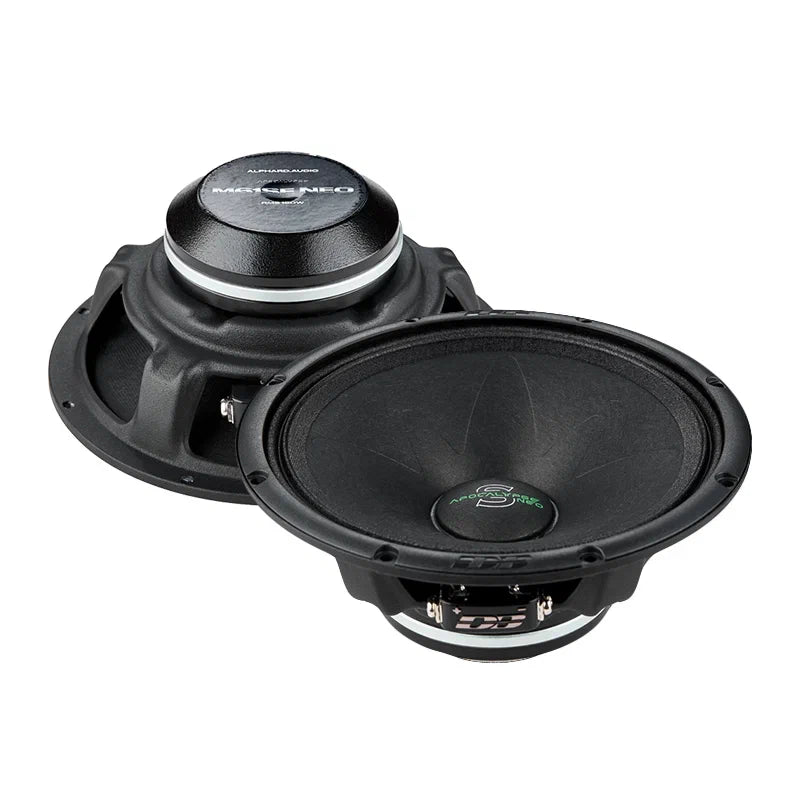




























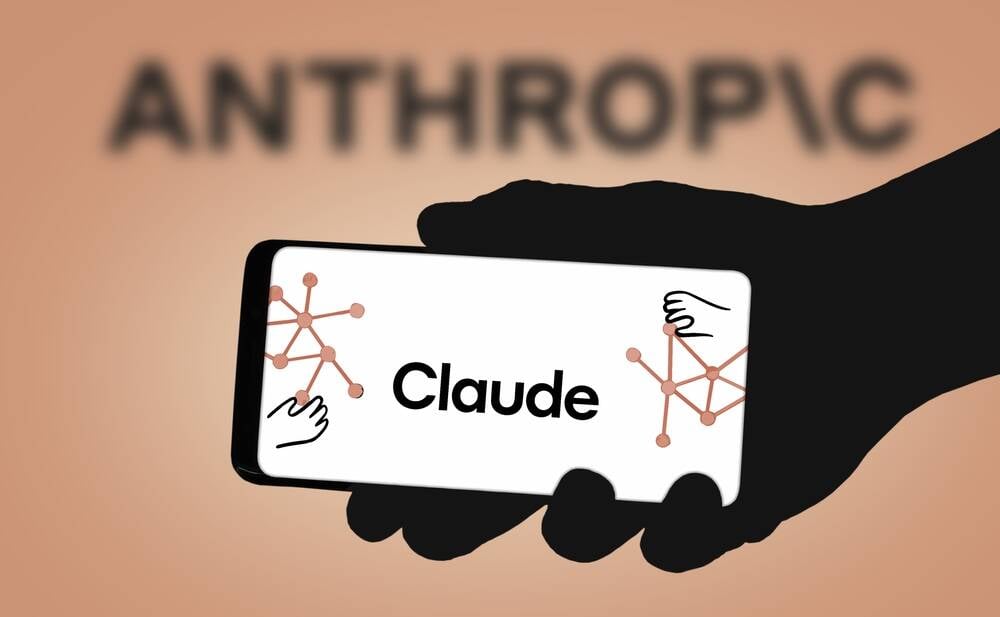

















































































































































![[The AI Show Episode 148]: Microsoft’s Quiet AI Layoffs, US Copyright Office’s Bombshell AI Guidance, 2025 State of Marketing AI Report, and OpenAI Codex](https://www.marketingaiinstitute.com/hubfs/ep%20148%20cover%20%281%29.png)


![[The AI Show Episode 146]: Rise of “AI-First” Companies, AI Job Disruption, GPT-4o Update Gets Rolled Back, How Big Consulting Firms Use AI, and Meta AI App](https://www.marketingaiinstitute.com/hubfs/ep%20146%20cover.png)








































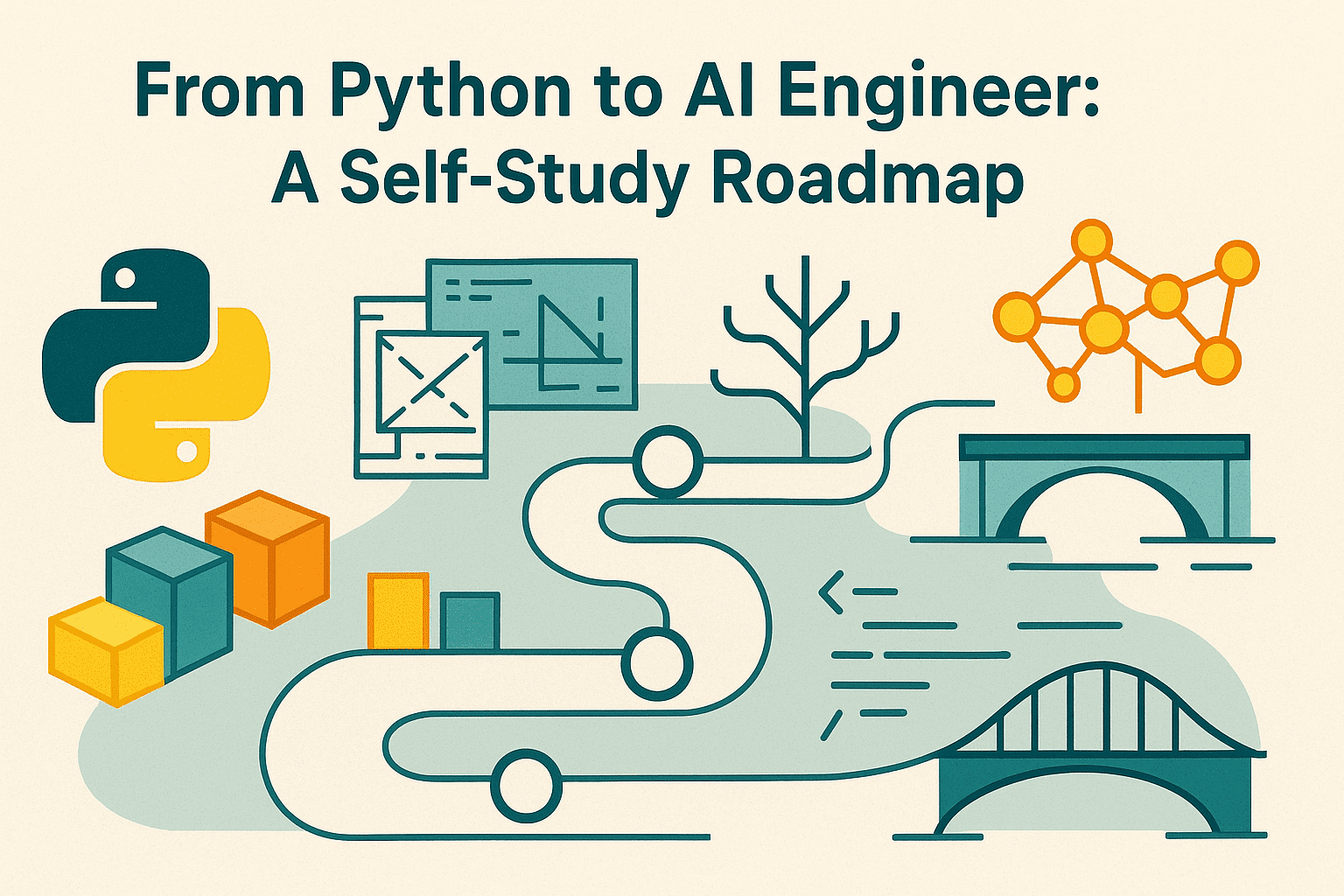
















































































![Laid off but not afraid with X-senior Microsoft Dev MacKevin Fey [Podcast #173]](https://cdn.hashnode.com/res/hashnode/image/upload/v1747965474270/ae29dc33-4231-47b2-afd1-689b3785fb79.png?#)






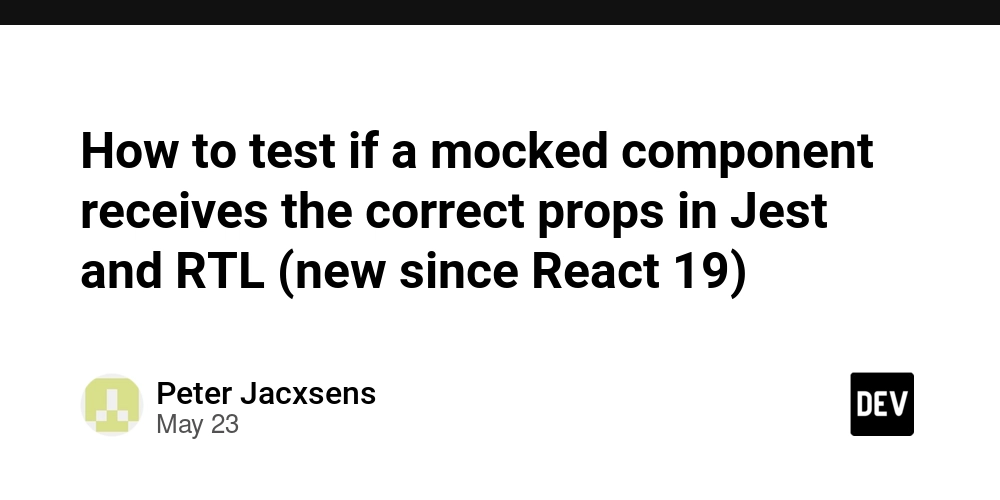



















































































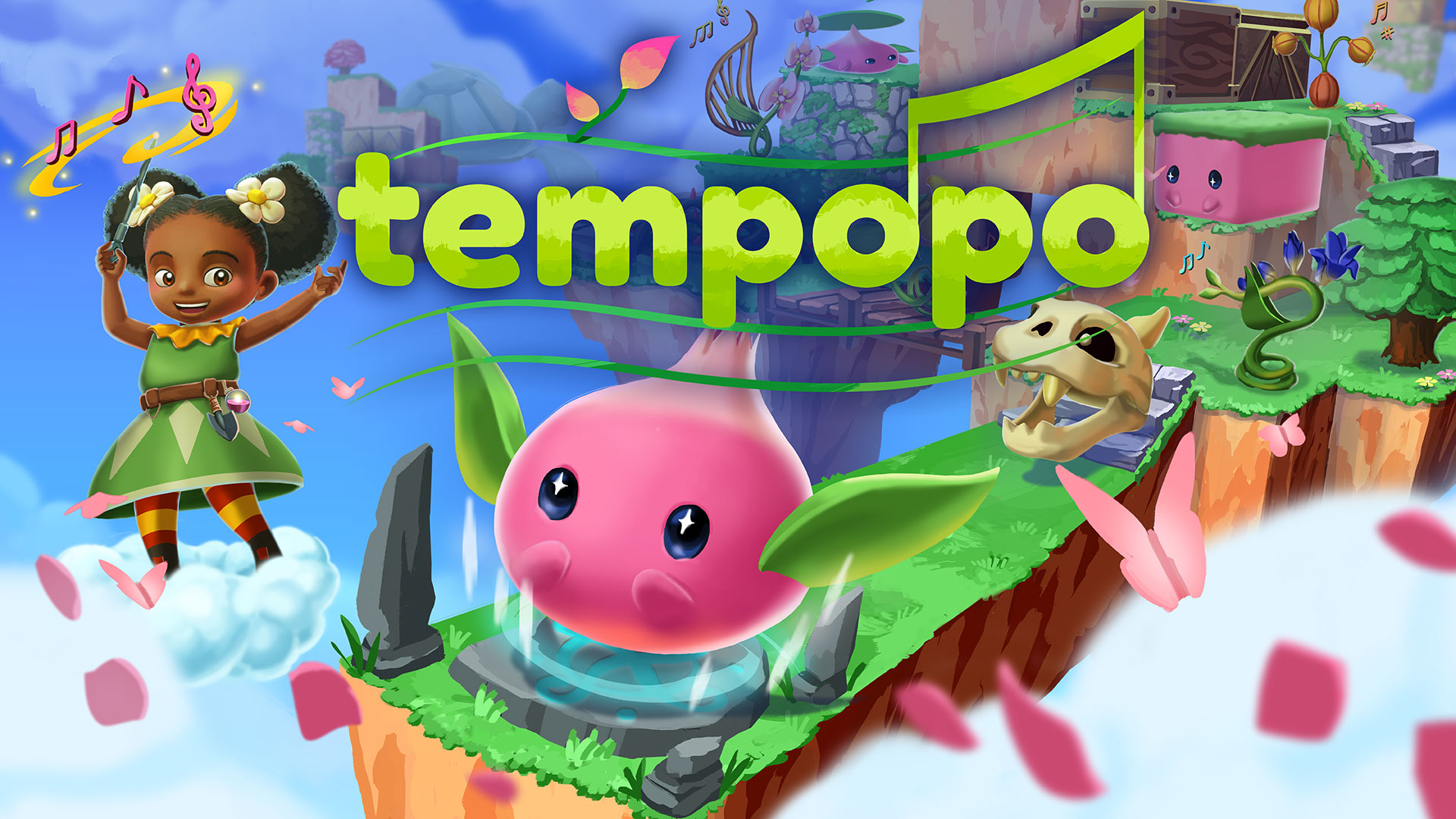





































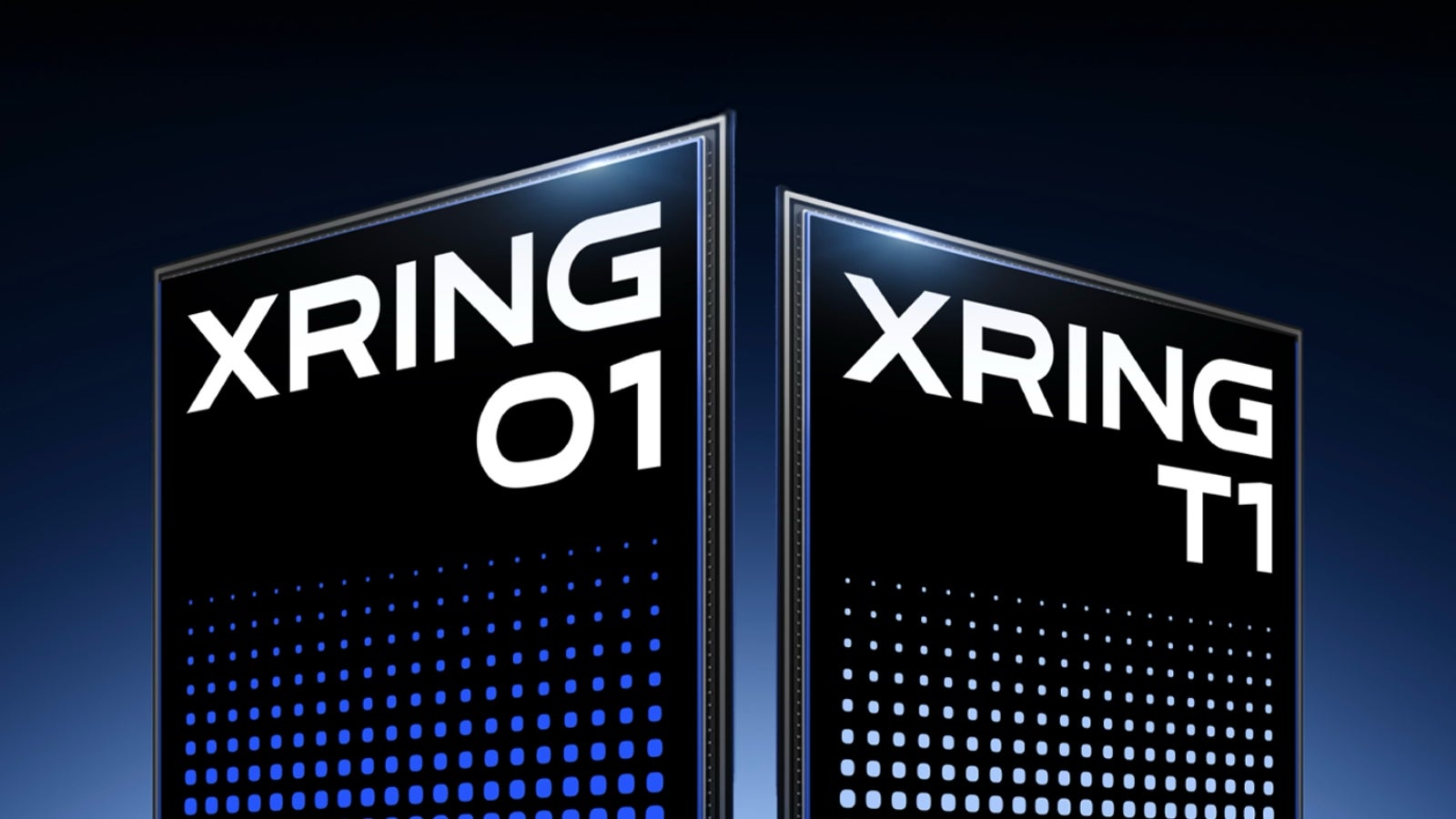












_Olekcii_Mach_Alamy.jpg?width=1280&auto=webp&quality=80&disable=upscale#)









































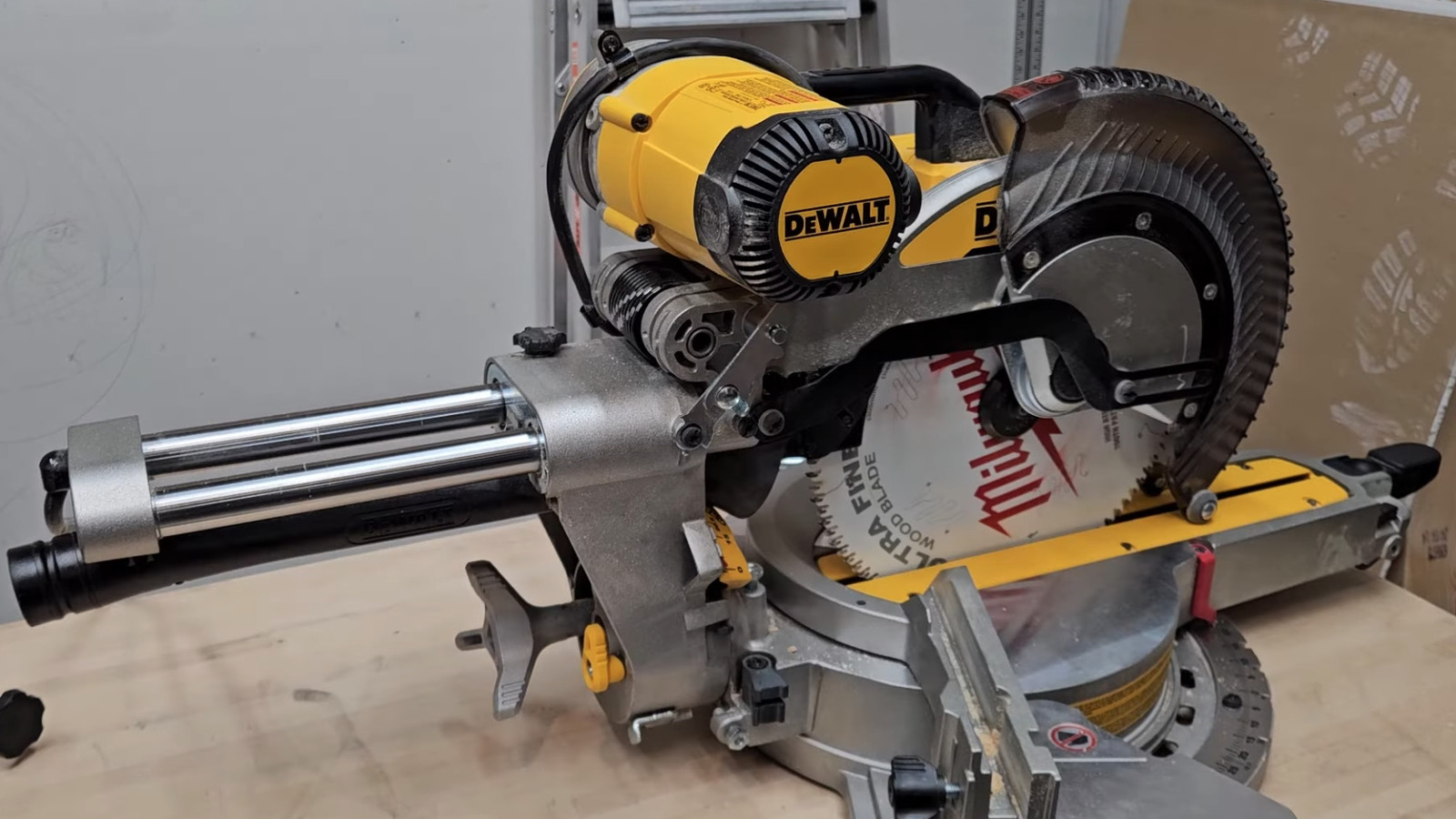















































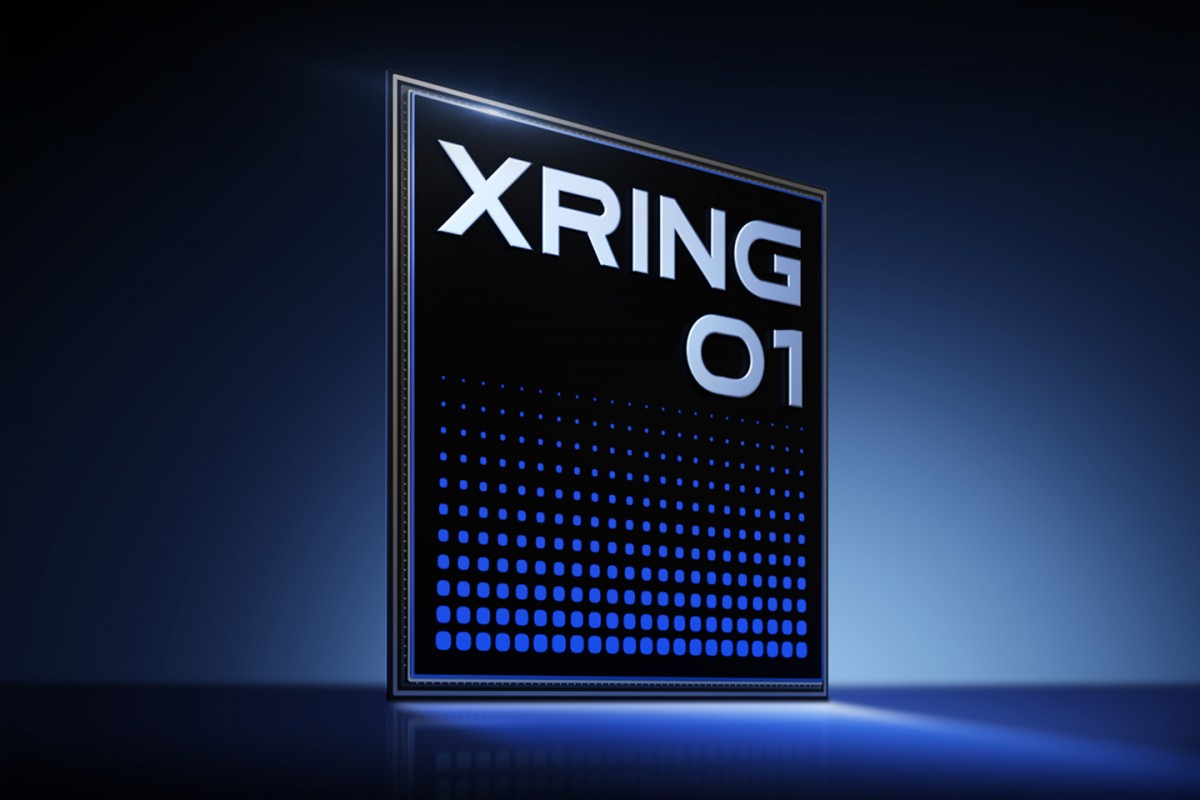
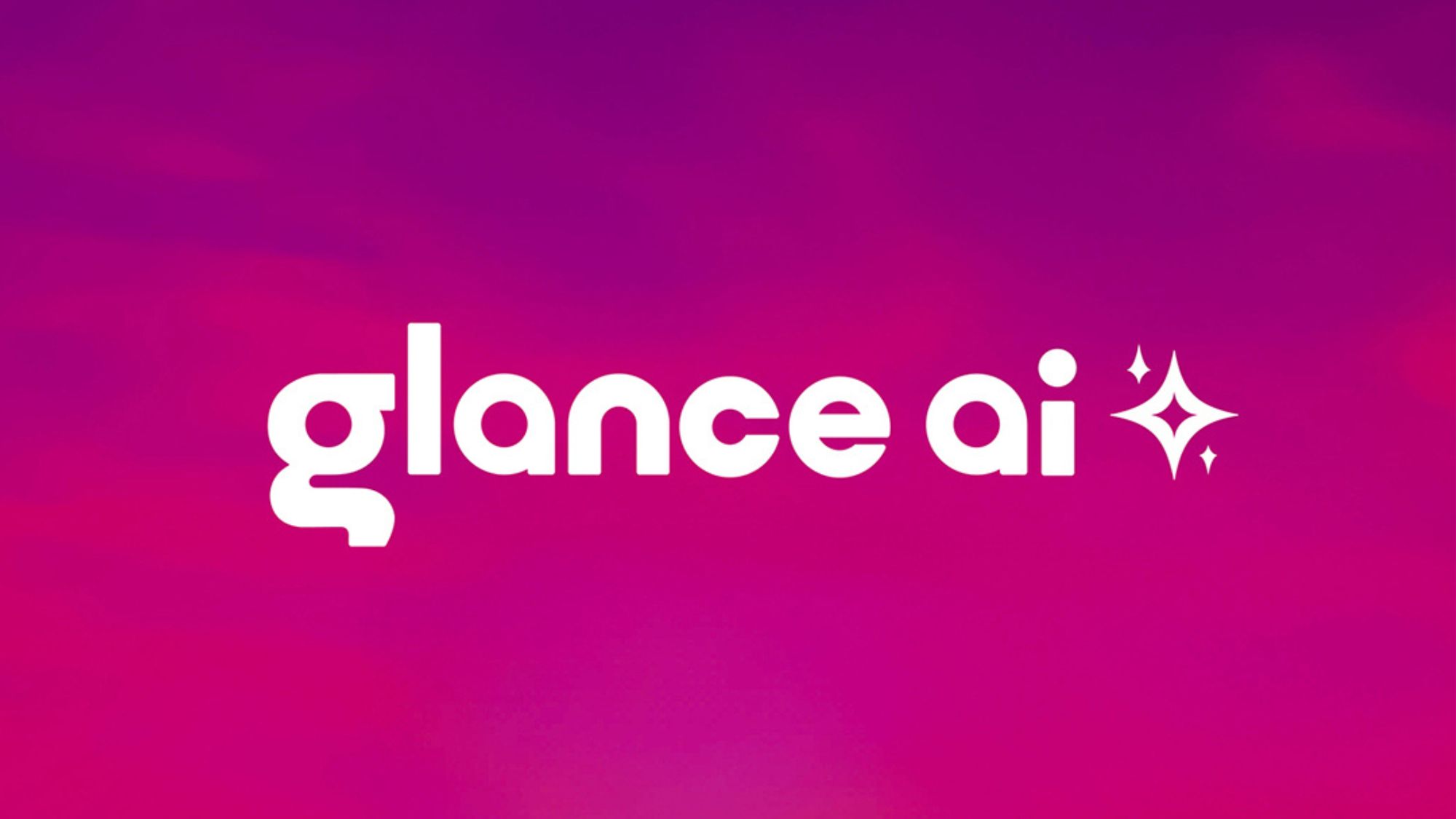





![Nomad levels up its best-selling charger with new 100W slim adapter [Hands-on]](https://i0.wp.com/9to5mac.com/wp-content/uploads/sites/6/2025/05/100w-FI.jpg.jpg?resize=1200%2C628&quality=82&strip=all&ssl=1)



![Google just showed off Android Auto’s upcoming light theme [Gallery]](https://i0.wp.com/9to5google.com/wp-content/uploads/sites/4/2025/05/android-auto-light-theme-documentation-2.jpg?resize=1200%2C628&quality=82&strip=all&ssl=1)











![Apple Accelerates Smart Glasses for 2026, Cancels Watch With Camera [Report]](https://www.iclarified.com/images/news/97408/97408/97408-640.jpg)
![Jony Ive and OpenAI Working on AI Device With No Screen [Kuo]](https://www.iclarified.com/images/news/97401/97401/97401-640.jpg)

![Anthropic Unveils Claude 4 Models That Could Power Apple Xcode AI Assistant [Video]](https://www.iclarified.com/images/news/97407/97407/97407-640.jpg)






















